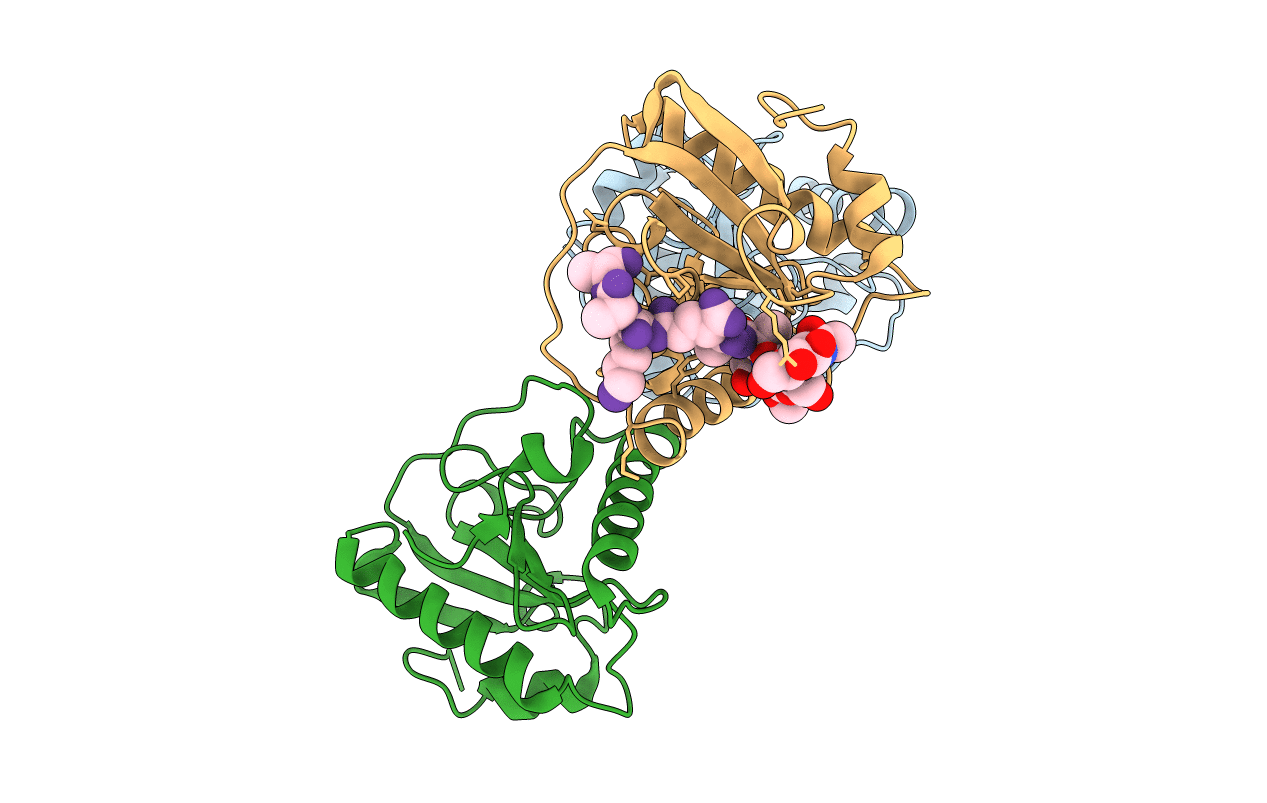
Deposition Date
2007-02-03
Release Date
2007-10-02
Last Version Date
2024-11-13
Entry Detail
PDB ID:
2EAX
Keywords:
Title:
Crystal structure of human PGRP-IBETAC in complex with glycosamyl muramyl pentapeptide
Biological Source:
Source Organism:
Homo sapiens (Taxon ID: 9606)
Host Organism:
Method Details:
Experimental Method:
Resolution:
2.10 Å
R-Value Free:
0.24
R-Value Work:
0.21
R-Value Observed:
0.21
Space Group:
P 1 21 1


